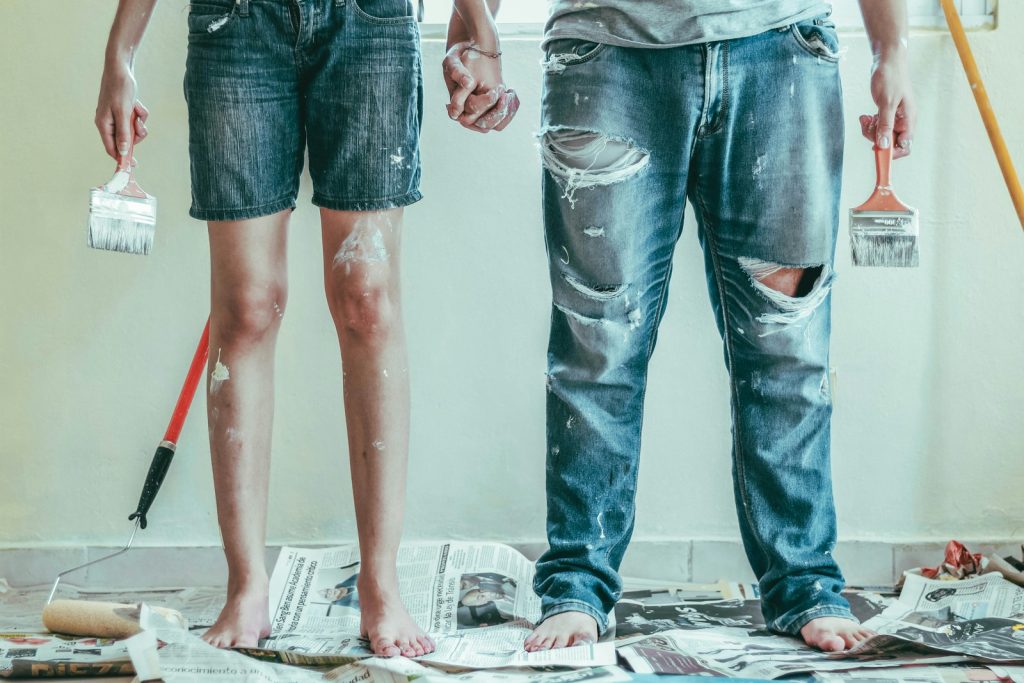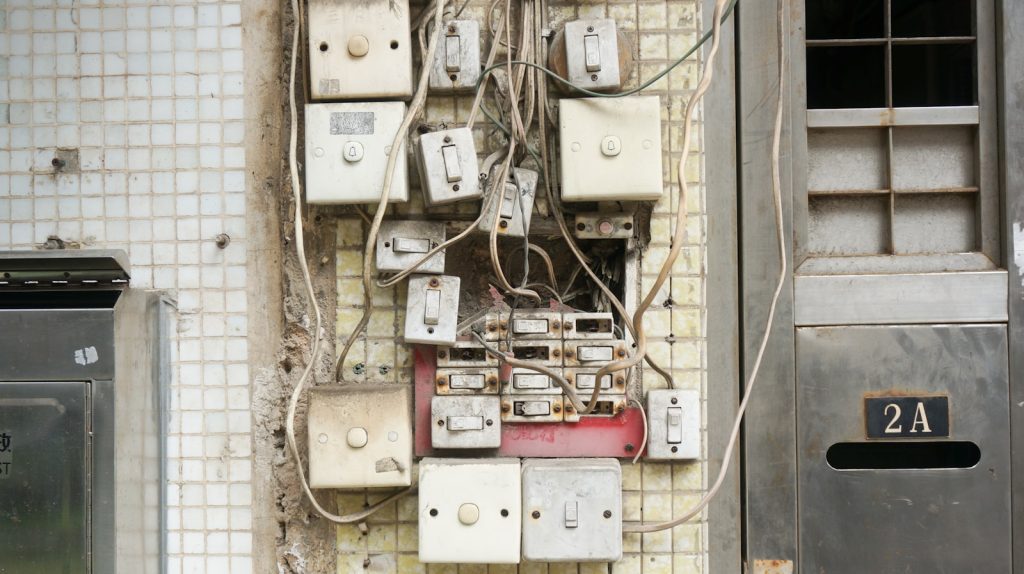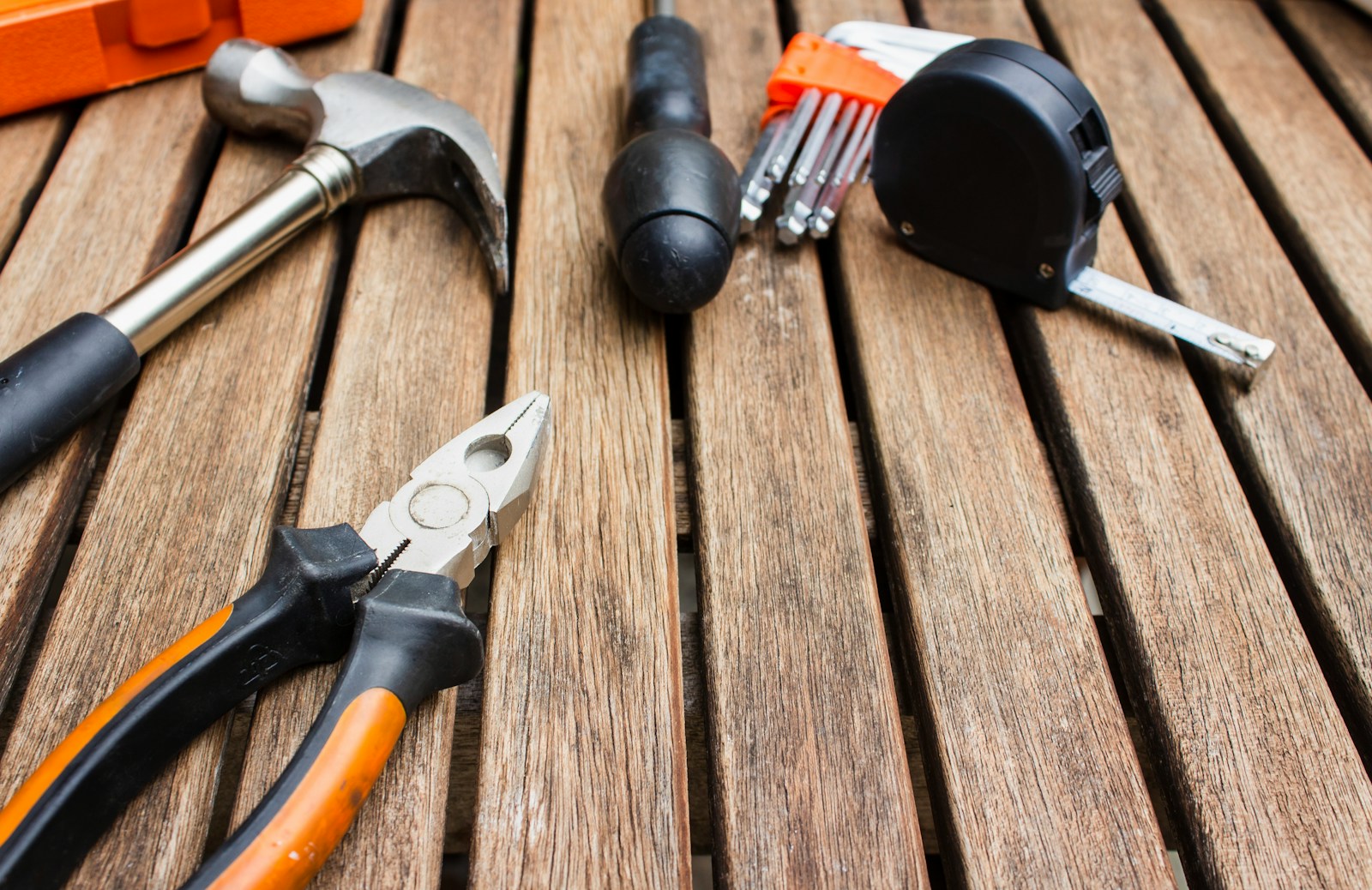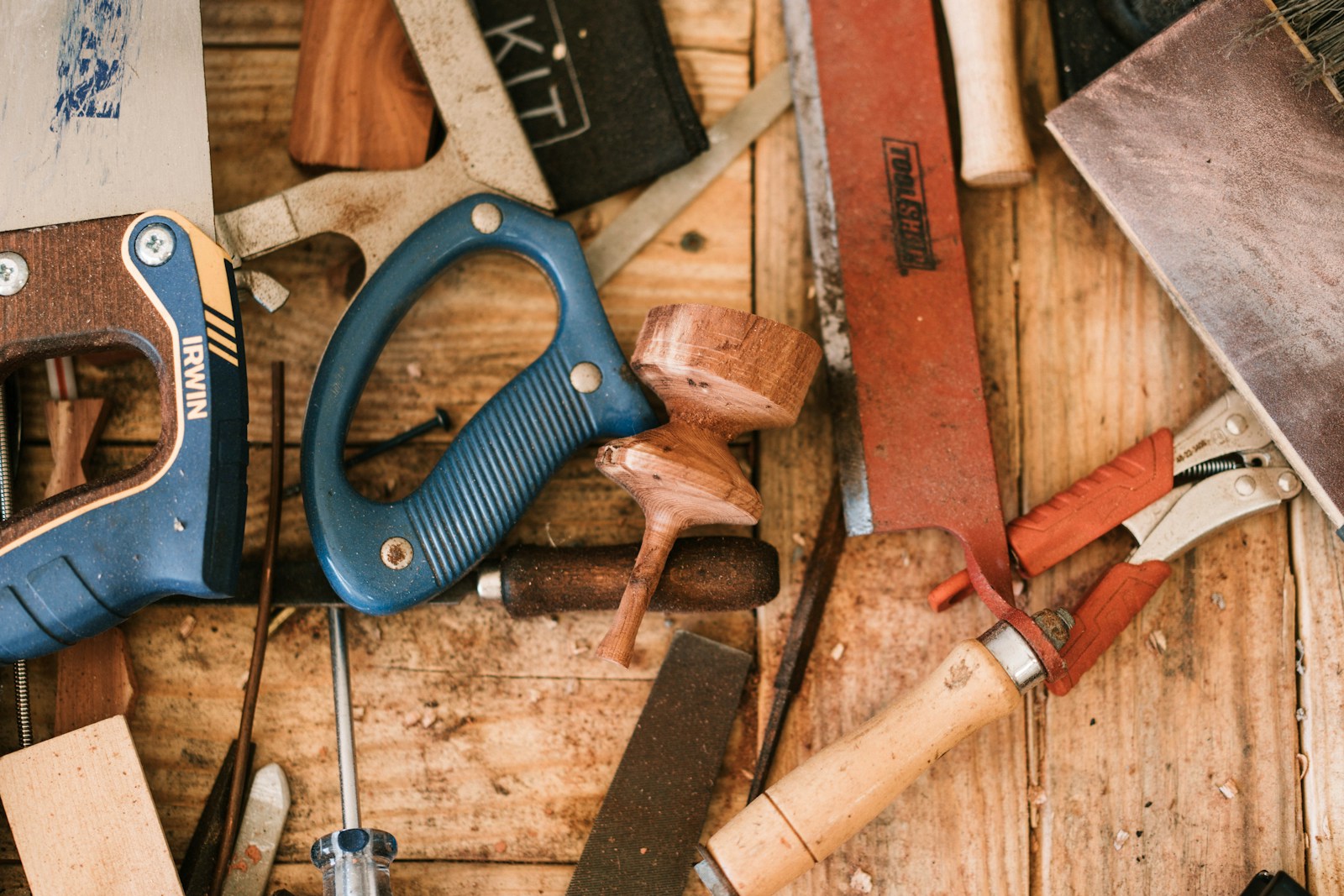The Confidence to Pick Up Tools—and the Wisdom to Put Them Down
There’s something deeply satisfying about doing it yourself. You feel capable, independent, and maybe even a little smug when the job’s done. But DIY isn’t always the best path. Sometimes, calling a tradie is the smartest move you can make. This editorial is your guide to knowing when to roll up your sleeves—and when to hand over the wrench.
Why DIY Feels So Good (Until It Doesn’t)
DIY projects offer more than just cost savings. They give you control, creativity, and a sense of accomplishment. But they also come with risks—injury, property damage, or wasted time. Knowing your limits isn’t weakness; it’s wisdom. If you’re unsure whether to tackle a job, ask yourself: “Do I understand the risks, and do I have the right tools?”

🔍 When to Call a Tradie: The Red Flags of a Too-Big Job
Electrical, Plumbing, and Structural Work? Step Away from the Drill
If your project involves electricity, plumbing, or structural changes, it’s time to call a licensed professional. These jobs require permits, inspections, and expertise. DIY mistakes here can be dangerous—or illegal. Even if you’re handy, some tasks are best left to those with qualifications and insurance.
Time vs. Money: What’s Your Real Investment?
DIY can save money, but it often costs time. If a job will take you days and a tradie can do it in hours, consider outsourcing. Your time is valuable. Use it wisely.
💬 Talking to Tradies: How to Communicate Like a Pro
Be Clear, Confident, and Curious
Tradies appreciate clients who know what they want but are open to expert advice. Use clear language, ask questions, and don’t be afraid to say, “I’m not sure—what do you recommend?” Respect goes both ways. If you treat tradies like partners, they’ll treat you like a valued client.
Questions That Show You Mean Business
- “Can you walk me through your process?”
- “Do you have insurance and licenses?”
- “What’s your timeline and payment schedule?”
- “Can I see examples of similar work?”
These questions show you’re informed and serious. They also help weed out dodgy operators.

🚨 Spotting a Shady Tradie: Red Flags to Watch For
If It Sounds Too Good to Be True, It Probably Is
Beware of tradies who offer suspiciously low quotes, demand full payment upfront, or refuse to provide written contracts. These are classic signs of trouble. A reputable tradie will give you a detailed quote, explain their terms, and welcome questions.
Trust Your Gut—and Check Their Credentials
If something feels off, it probably is. Look for online reviews, ask for references, and verify licenses. In Australia, you can check tradie credentials through state licensing bodies. Don’t skip this step—it could save you thousands.
🧠 The Empowered DIYer: Knowing Your Strengths
You Don’t Have to Do It All to Be a Ladie Tradie
Being a confident DIYer doesn’t mean doing everything yourself. It means knowing when to learn, when to lead, and when to delegate. You’re not less capable because you called a tradie—you’re more empowered because you made a smart choice.
🧰 Final Tips: Blending DIY with Professional Help
Hybrid Projects Are the New Normal
Want to paint the walls but hire someone to install the shelves? Perfect. Want to demo the old bathroom but leave plumbing to the pros? Smart move. Mixing DIY with professional help lets you stay involved without getting overwhelmed.
Keep Learning, Keep Asking, Keep Building
Every project teaches you something. Whether you’re holding the drill or holding the phone to call a tradie, you’re growing your skills. That’s what Ladie Tradie is all about.













